Castell Llansteffan | Visit Amazing Welsh Castles
Castell Llansteffan is a coastal castle overlooking the River Tywi estuary in Carmarthenshire, south-west Wales.
The site has been strategically important since the Iron Age, and the current stone structure dates mainly from the 12th century. The castle played a prominent role during periods of Norman expansion and Welsh resistance, changing hands several times.
Today, visitors can explore the substantial remains of the gatehouse, curtain walls, and towers while enjoying views over Carmarthen Bay.
Quick Facts
Location: Llansteffan, Carmarthenshire, Wales
Type: Stone castle on earlier Iron Age promontory fort
Built: Circa 1100 by the Normans
Condition: Ruined but with significant remains
Ownership: Managed by Cadw (Welsh Government heritage service)
Entry: Free of charge
View: Overlooks the Tywi estuary and Carmarthen Bay
Access: Steep footpath from the village of Llansteffan
Brief History
The site of the castle was first used during the Iron Age as a promontory fort. When the Normans arrived in the late 11th century, they recognised its strategic value and built a timber motte-and-bailey castle. Around 1100, the structure was rebuilt in stone by the de Camville family.
The castle changed hands many times during periods of conflict between the English crown and Welsh princes. Llywelyn the Great captured it in 1215. It was recaptured by the English in 1223, then again seized by the forces of Owain Glyndŵr during his rebellion in 1403, before being taken back by the English later that year.
By the late 15th century, it was no longer maintained as a military site. Parts of the structure were used as a manor house, but it gradually fell into ruin.
Features and Layout
It stands on a hilltop promontory, making use of natural defences on three sides. The castle includes two main wards: an inner ward and a larger outer ward, both enclosed by curtain walls.
The main gatehouse, built in the 13th century, features two round towers flanking the entrance passage. This structure controlled access and provided a strong point of defence. Parts of the portcullis groove and upper chambers remain visible.
The inner ward houses remnants of domestic buildings, including a hall and kitchen, likely added when the castle served as a residence. A postern gate on the southern side allowed discreet exit to the shore below.
The outer ward is protected by deep ditches and earthworks, some inherited from the earlier Iron Age fort. The surviving stone curtain walls follow the line of the prehistoric defences.
Visitors often notice graffiti carved into the stonework, particularly near the gatehouse stairs. These are thought to date back to the 18th or 19th century when the ruins became a destination for early tourists.
Did You Know?
The castle’s well, still visible in the inner ward, is over 10 metres deep. It was crucial for surviving a siege.
Images
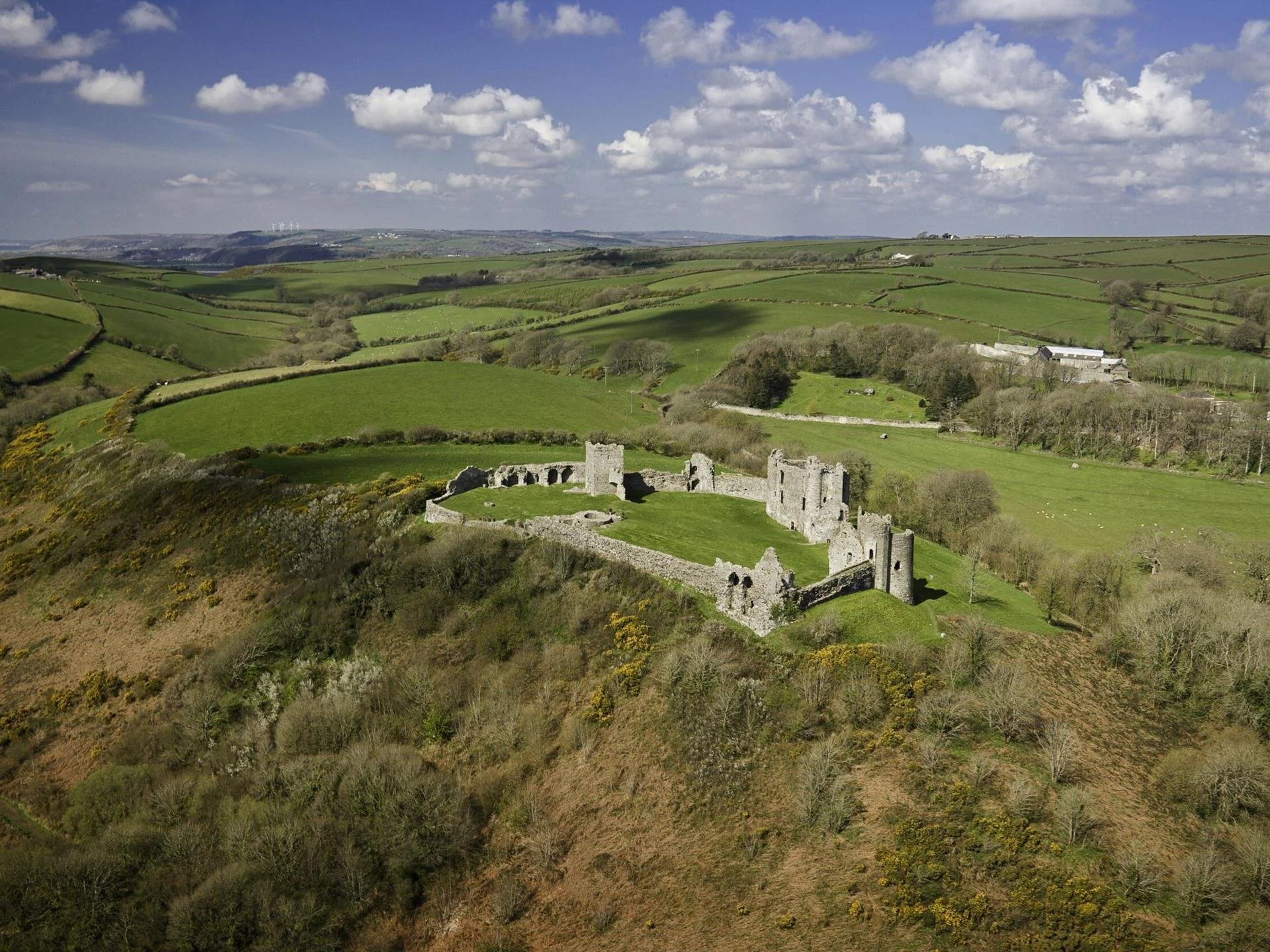

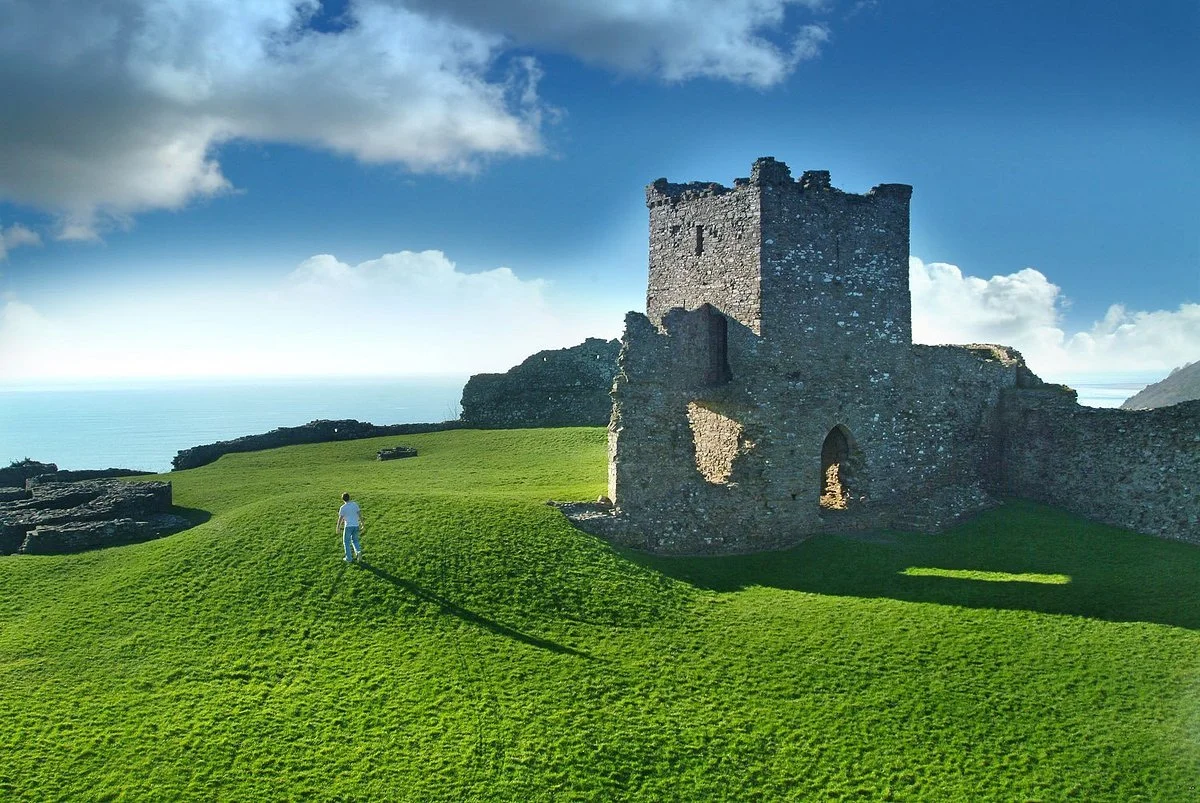
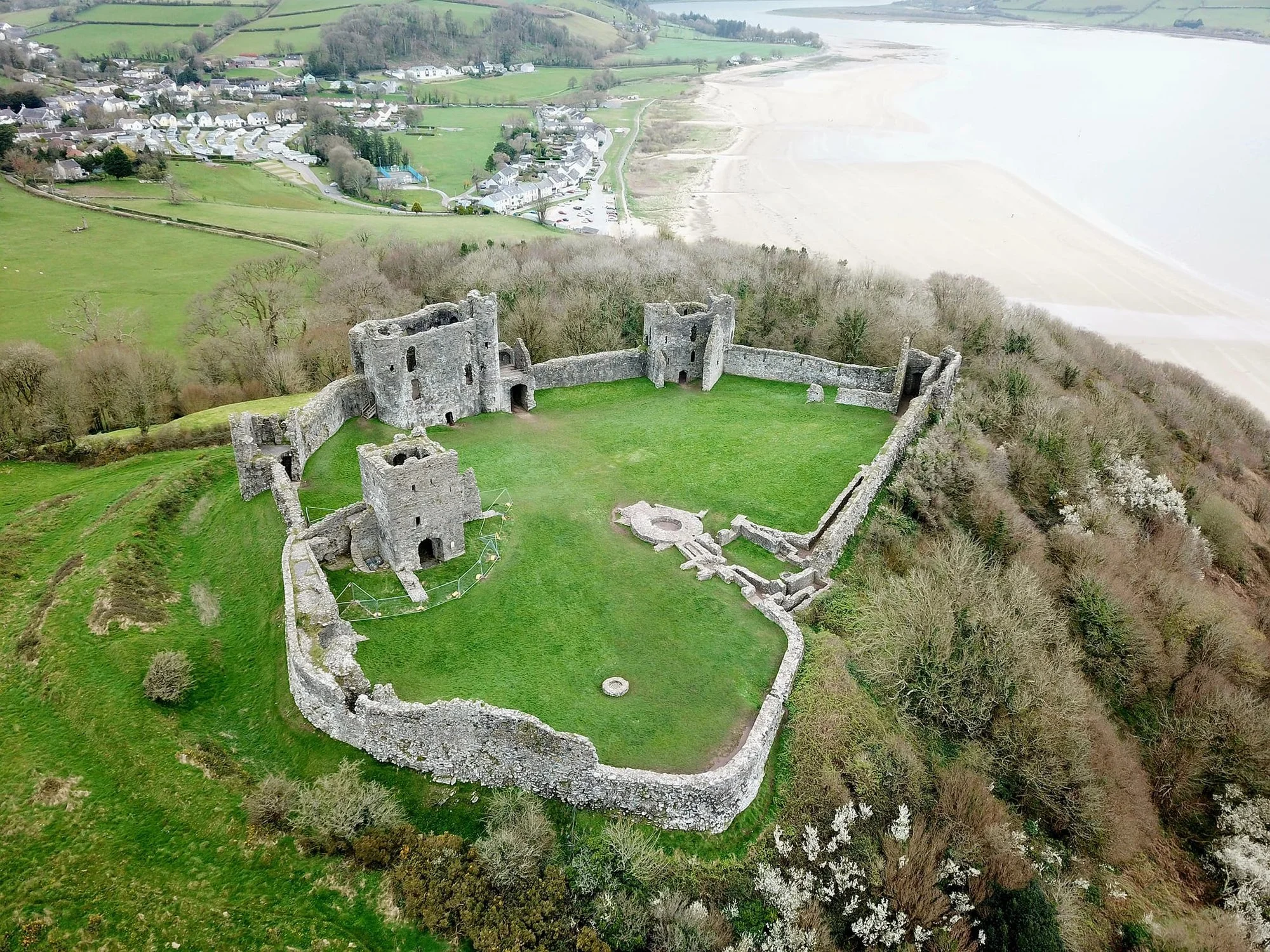

Legends and Stories
One local tale describes a phantom white lady said to wander the grounds at dusk. According to village lore shared by residents and online reviewers, she is believed to be the spirit of a woman who waited for her lover to return from war. She reportedly appears near the well in the inner ward.
Another story, recounted by a local guide during seasonal tours, tells of secret tunnels that supposedly lead from the castle to the nearby beach. While no physical evidence supports this, the theory is popular among locals and has been mentioned in visitor reviews on platforms such as TripAdvisor.
The site is also associated with Owain Glyndŵr’s rebellion. During his brief capture of the castle in 1403, it is said that his forces left behind carved symbols on stones near the gatehouse, though these are now difficult to identify clearly.
Visiting
Opening Times & Admission
It is open daily from 10:00 to 16:00, with last admission at 15:30. The site closes on 24, 25 and 26 December, and on 1 January. Admission is always free, unless a special event is being held.
Ticketing
No booking is required. Visitors may enter on arrival. If events introduce temporary charges, any associated ticketing details will be provided by the organisers or Cadw.
Access and Terrain
The castle stands at the top of a steep hill. Access involves a footpath and private lane, often uneven or steep in places. Visitors should wear suitable footwear. The terrain is rated Level 3 (Moderate) meaning visitors need to be steady on their feet and use handrails where provided.
Facilities
Parking: A public car park with about 75 spaces is situated approximately 800 m from the castle, near the estuary foreshore. Toilets are available at the car park.
Dogs: Dogs must be kept on short leads and any fouling removed. Dogs are welcome on the ground‑floor levels only.
Smoking: Smoking is not permitted within the castle grounds.
Drones: Flying drones over the site is prohibited except by commissioned contractors under strict regulation and insurance compliance.
Health & Safety Notes
Cadw notes that repair works to the inner gatehouse may occasionally restrict access to some upper areas for safety. Guardrails and stair handrails are in place where needed. The narrow spiral stairs to viewing levels are historic, uneven, and may be slippery in wet weather—visitors should proceed with care.
Nearby Attractions
Here are several historic sites and attractions within a short distance:
Laugharne Castle
A medieval castle later transformed into a Tudor mansion. Well‑preserved and also managed by Cadw.
Kidwelly Castle
A large Norman stronghold with impressive curtain walls and multiple towers.
Dylan Thomas Boathouse
The poet’s former home, now a museum and writer’s retreat in Laugharne.
Cefn Sidan Beach and Ferryside Beach
Sandy stretches popular with dog walkers and coastal visitors. Ferryside sits opposite Llansteffan over the Tywi estuary.
Visitor Tips
Wear walking shoes – The hill path is steep and uneven in places
Dogs allowed – Keep them on a short lead and clean up waste
Use public toilets – Available at the foreshore car park
Bring a camera – Clear weather gives panoramic coastal views
No drone flying – Except by licensed contractors with permission
Plan time carefully – Last entry is 30 minutes before closing
Use handrails – Narrow stairs can be slippery in wet weather
Arrive early for parking – The main car park can fill during holidays
Bring snacks or water – There are no food vendors on-site
Follow brown signs – Waymarked from the village centre to the castle
FAQs
-
Most visitors spend between 45 minutes and 1.5 hours exploring the site, including walking time from the village.
-
Yes, but supervision is important due to uneven ground, steep drops, and spiral staircases.
-
Access is limited. The steep hill path and historic surfaces make wheelchair or pushchair access difficult. Cadw advises caution for those with mobility needs.
-
No. The castle has no shop or café. However, options are available in the village of Llansteffan nearby.
-
At present, Cadw does not offer regular guided tours. Local guides may organise events independently during summer or festivals.
Wrapping it Up
This castle is a well-preserved example of a Norman coastal castle built on a much older defensive site. Its prominent position offers both historical interest and striking views across Carmarthen Bay. The site’s layered history, from Iron Age fort to Norman stronghold and later manor, reflects centuries of conflict and adaptation. Free to enter and dog-friendly, it remains a popular stop for visitors exploring Carmarthenshire.
Sources
Llansteffan Castle (Cadw)
Official Cadw visitor page for the castle, including opening times, visitor information and access details.
https://cadw.gov.wales/visit/places-to-visit/castell-llansteffan
Visit Wales – Llansteffan Castle (Cadw)
Tourism overview page with location details, amenities and coordinates.
https://www.visitwales.com/attraction/castle/llansteffan-castle-cadw-1443734
Llansteffan Castle – TripAdvisor reviews
Visitor reviews confirming free entry, scenic views, and hiking detail.
https://www.tripadvisor.com/Attraction_Review-g793317-d2137603-Reviews-Llansteffan_Castle
Llansteffan Castle – Official site
Independent site with practical visitor details including rules, opening hours, and contact.
https://www.llansteffancastle.com/


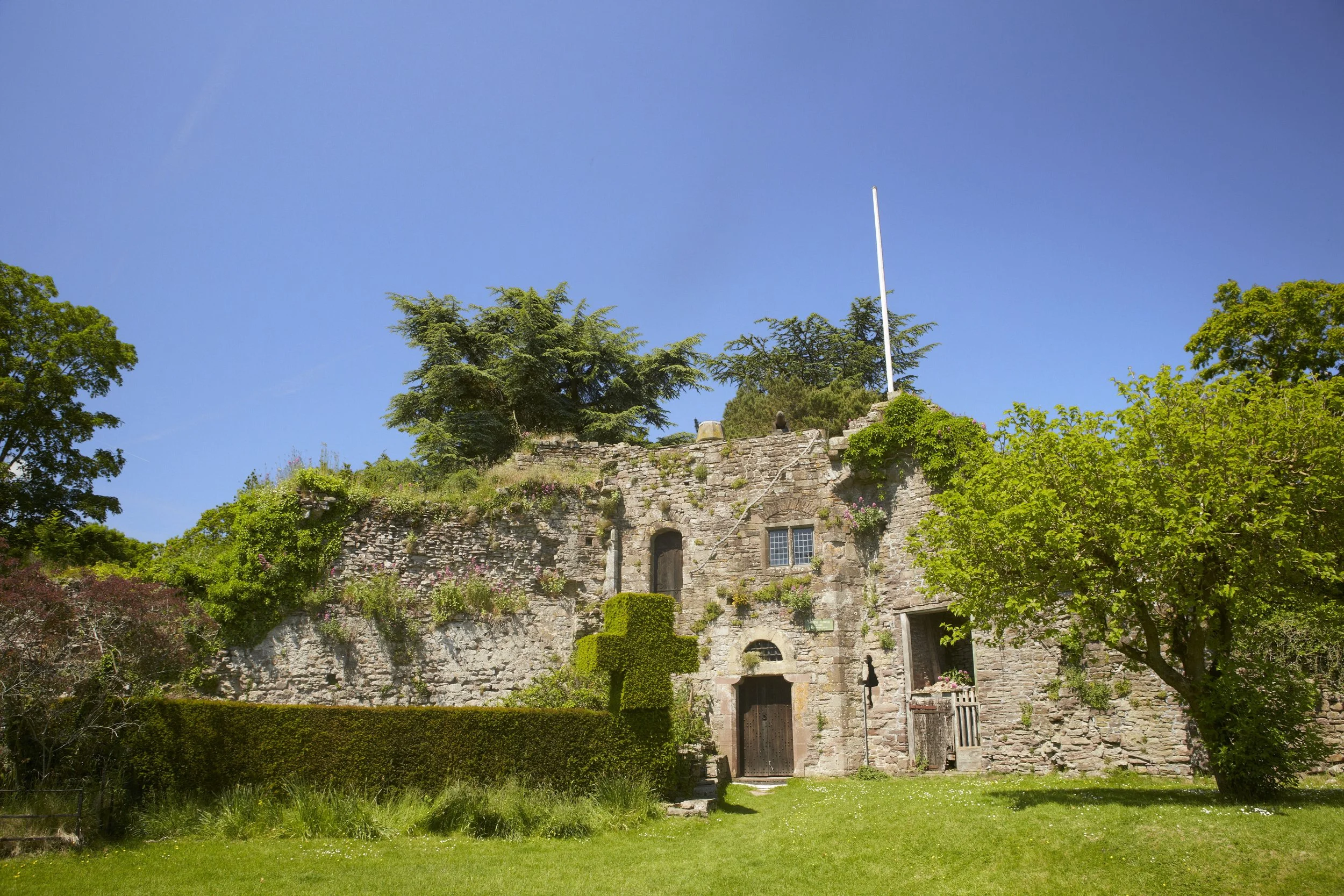
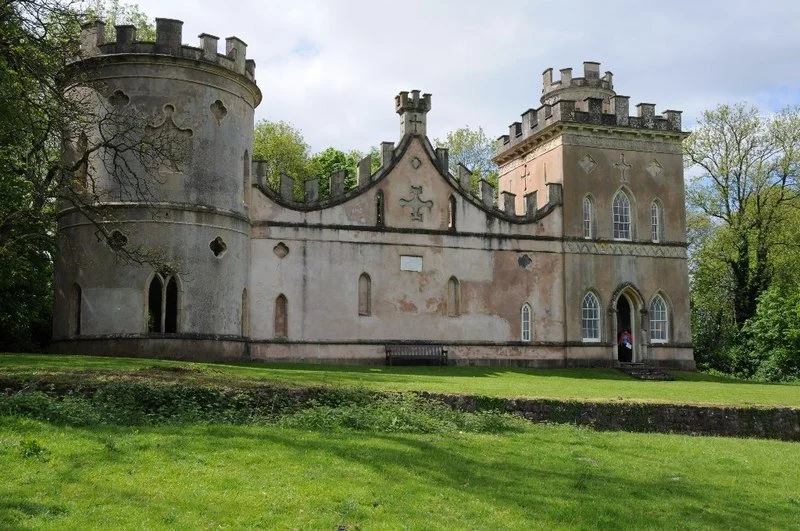
Cardiff Castle is a medieval and Victorian-era site in the centre of Cardiff, the capital of Wales.